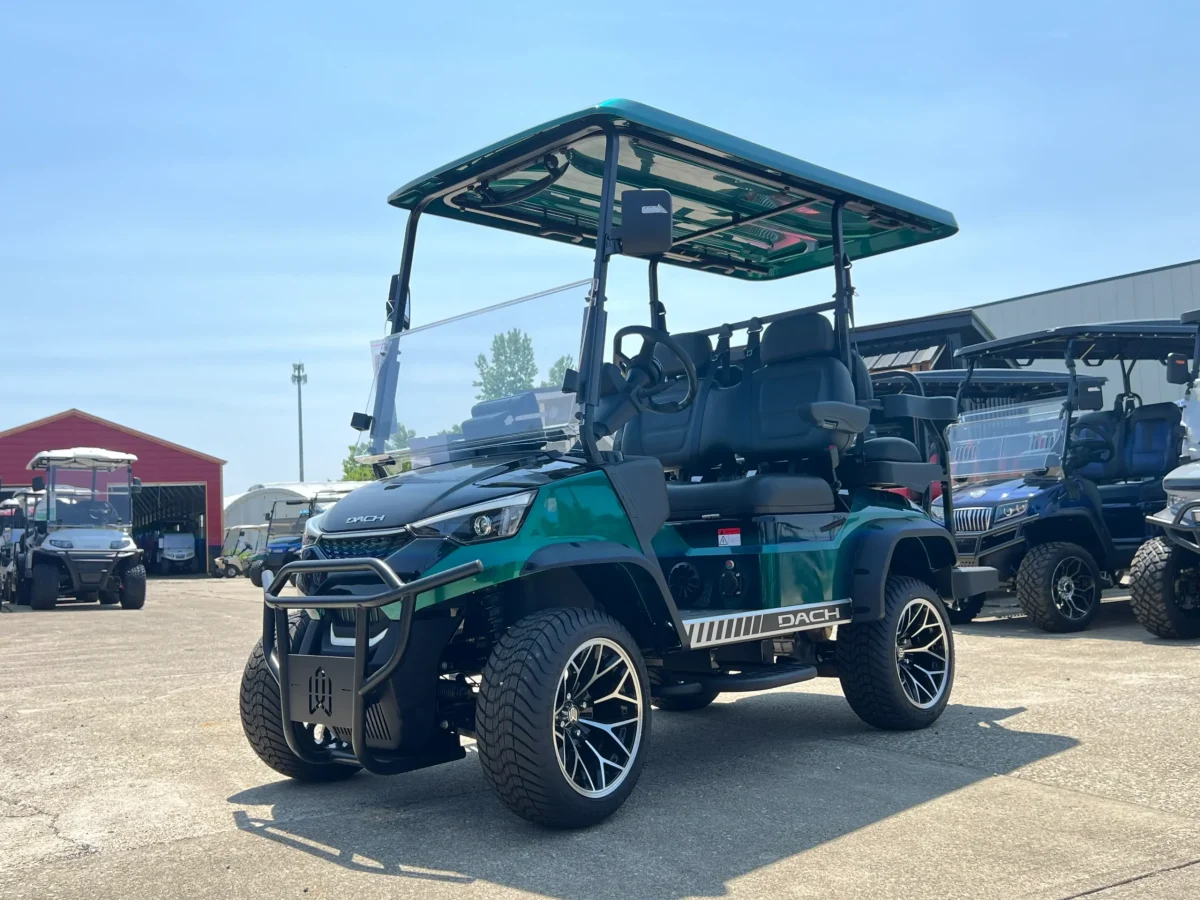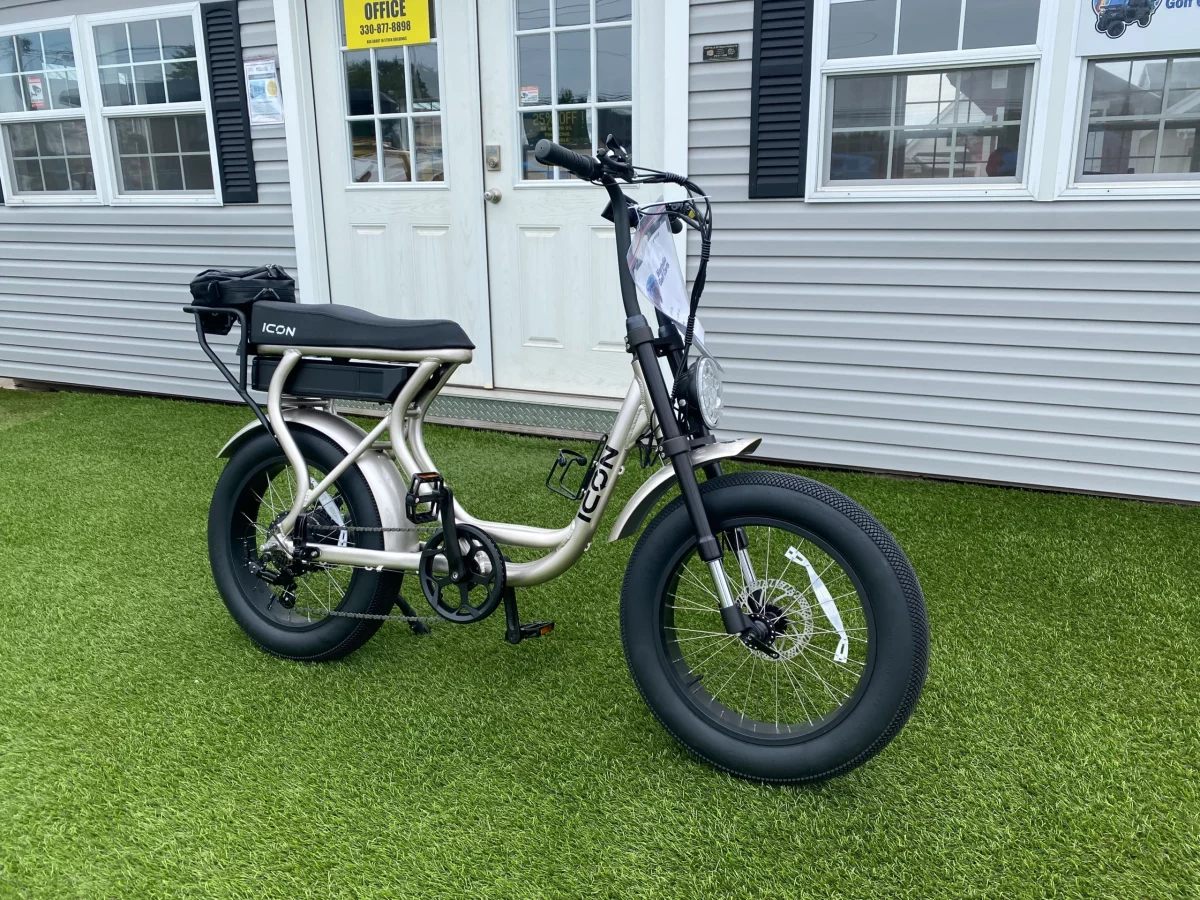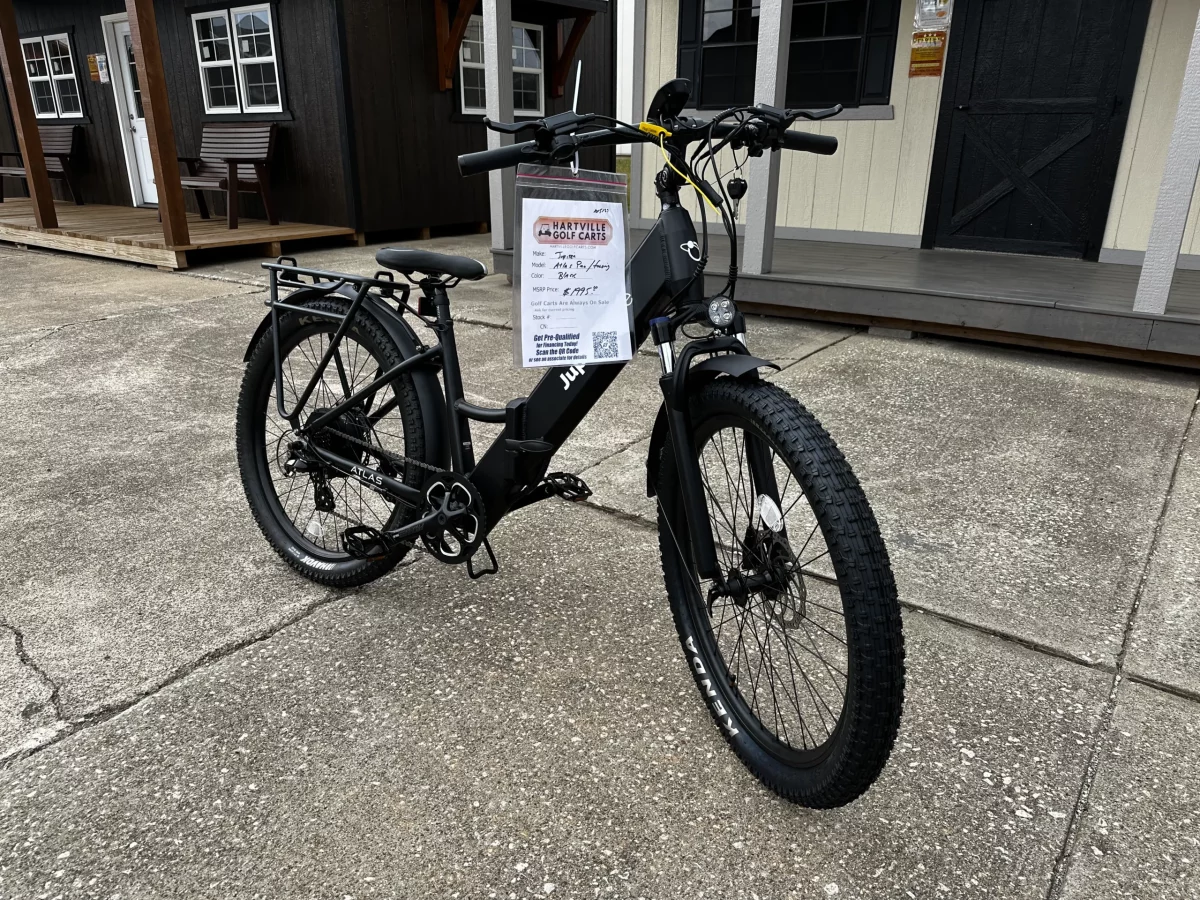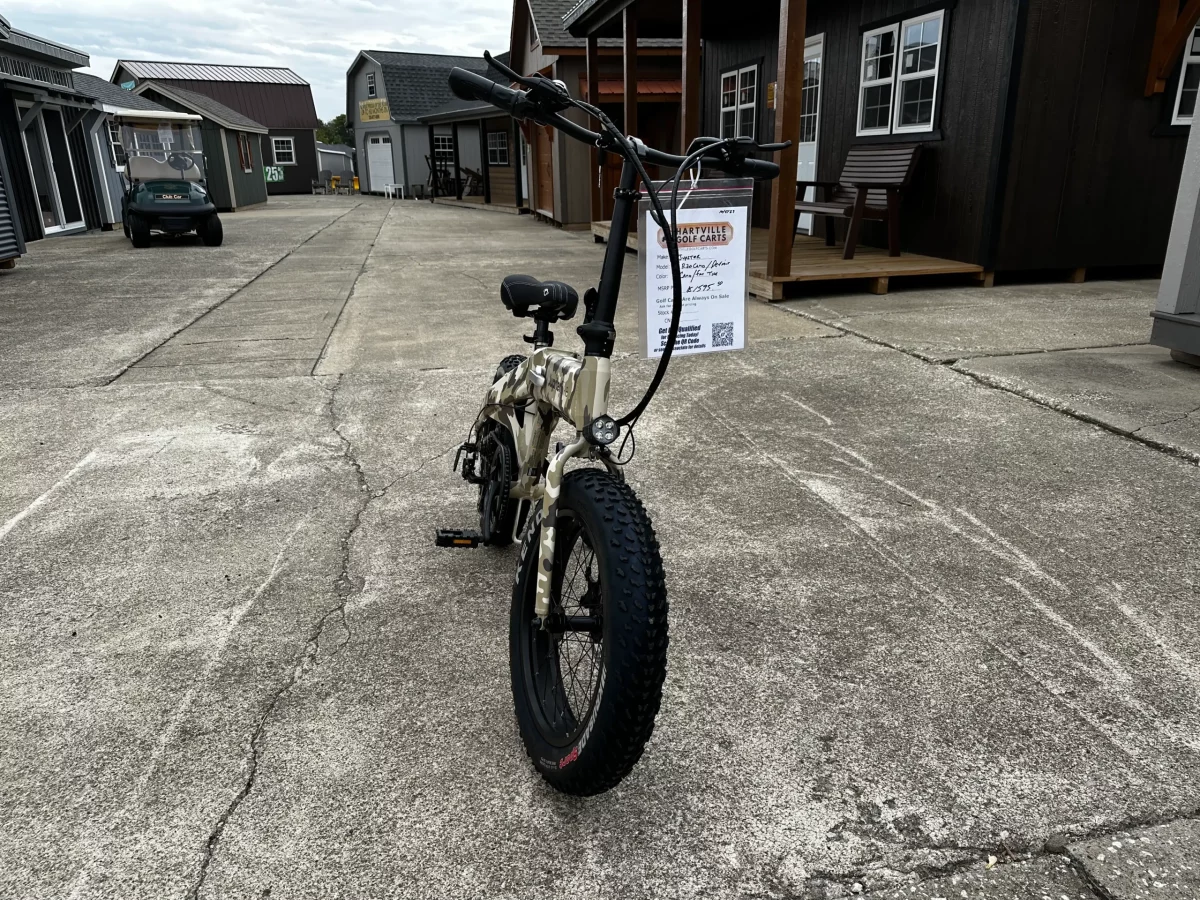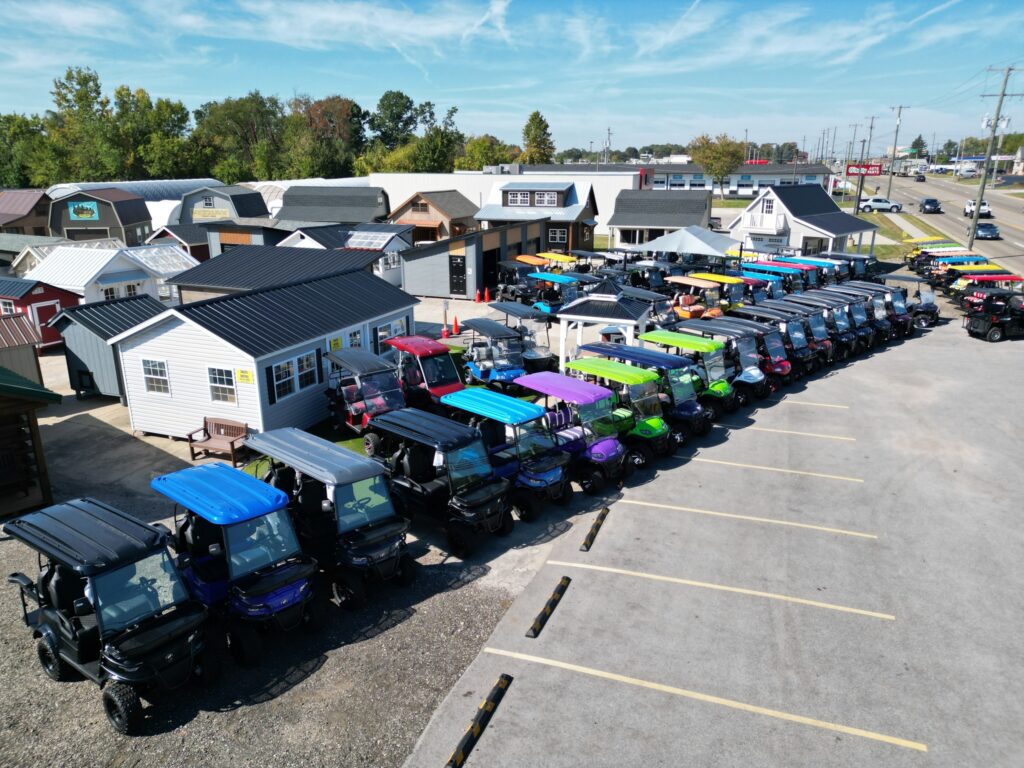If you’ve ever considered buying or storing a golf cart, one question that naturally arises is, how tall is a golf cart? At first glance, the height might not seem like a major concern. But when it comes time to drive it into a garage, fit it on a trailer, or pass beneath a low-hanging tree, dimensions matter. Surprisingly, golf cart height can vary more than most people expect, depending on the model, roof design, and any added accessories.
Standard golf carts are designed to be compact, but they’re not one-size-fits-all. In fact, even a few inches of difference in height can influence your decision when you’re dealing with storage spaces, transport needs, or custom garage doors. Golf cart owners quickly discover that height plays a bigger role than they imagined—especially if you want to protect your vehicle from the elements or transport it safely.
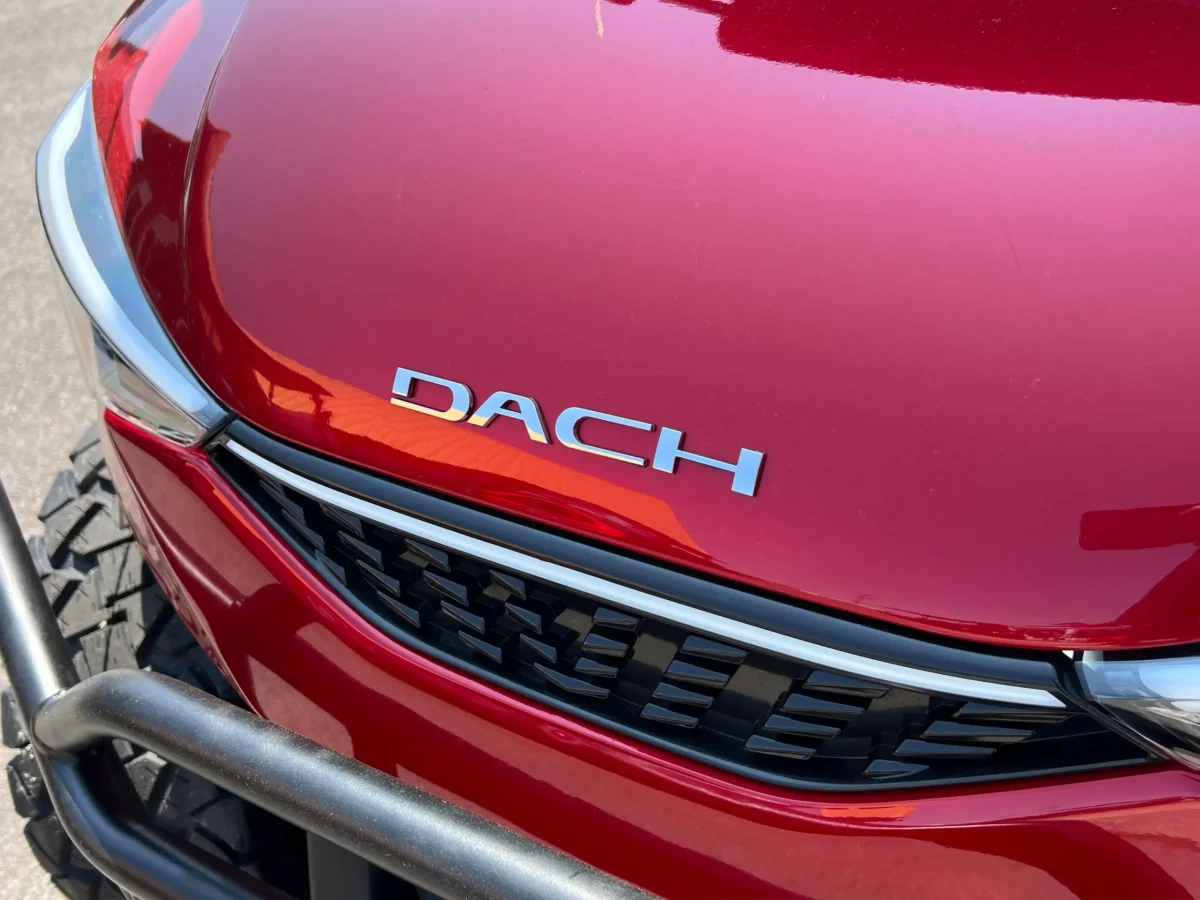
Understanding the Standard Golf Cart Height
On average, a typical golf cart stands between 68 and 72 inches tall, which is about 5.6 to 6 feet. That measurement usually includes the roof, assuming the cart has one installed. Without a roof, the cart sits significantly lower, often around 48 to 52 inches, or roughly four and a half feet. But in real-world use, most carts include a top, and sometimes even a windshield and lift kit, which can add more height than you’d think.
Roof design plays a crucial role in determining total cart height. Some roofs have overhangs, brackets, or molded ridges that increase the height slightly, while others sit flush with the cart’s frame. The manufacturer’s design philosophy and any additional comfort features like overhead storage compartments or fans can also bump up the measurement.
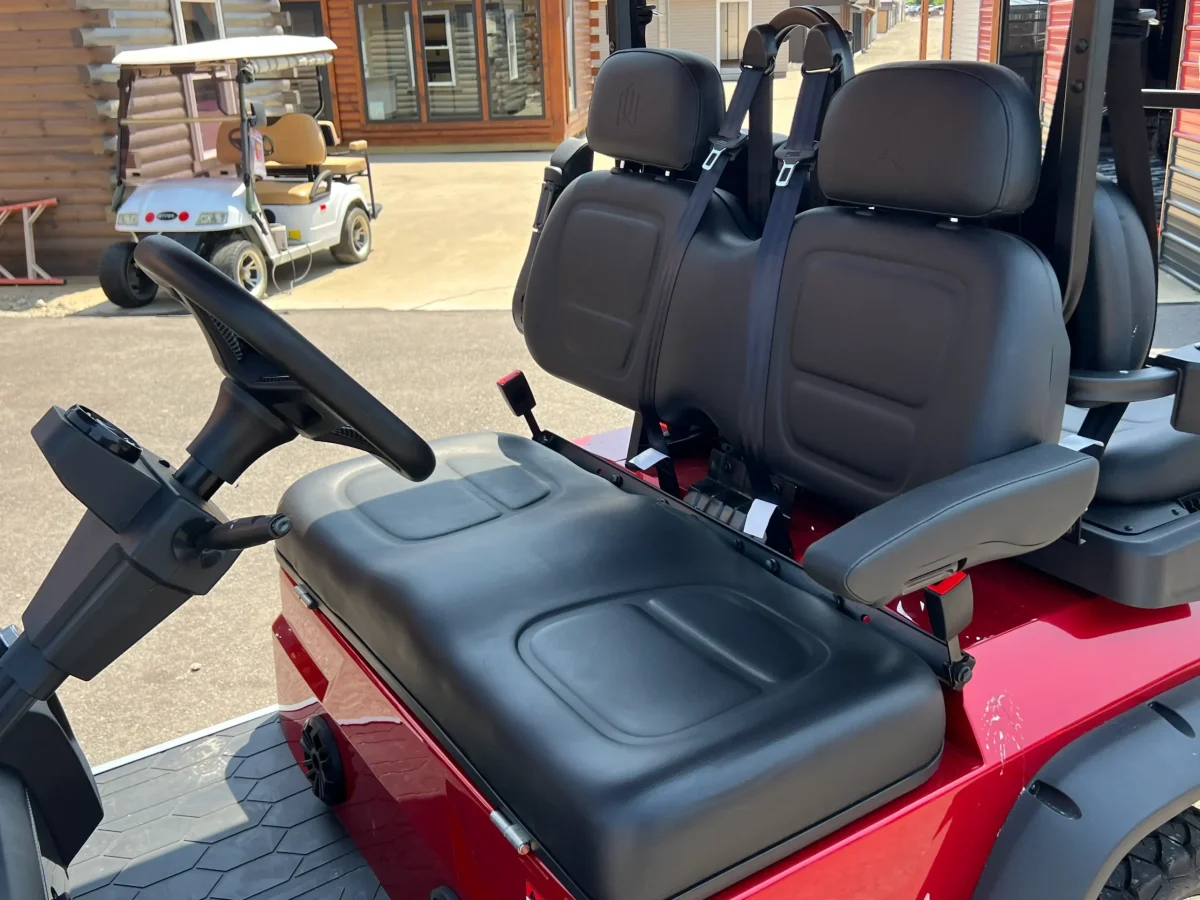
Variability Between Models and Brands
The difference in height becomes more apparent when comparing different types of golf carts. A two-seater Yamaha model might sit just under six feet tall, while a lifted four-seater ICON or Denago cart can measure well above that. Lifted models, in particular, are becoming more popular due to their off-road appeal and stylish appearance. But these upgrades can raise the cart’s roofline by several inches, sometimes pushing the total height beyond 76 or even 80 inches.
Models like the Denago EV Rover XL come with larger wheels and more rugged designs, which raise the frame off the ground. When you factor in that elevation, along with a sturdy, molded roof designed for sun protection and rain runoff, the total height increases noticeably. So when asking how tall is a golf cart, it’s important to specify whether you’re referring to a standard model or one that has been modified or lifted.
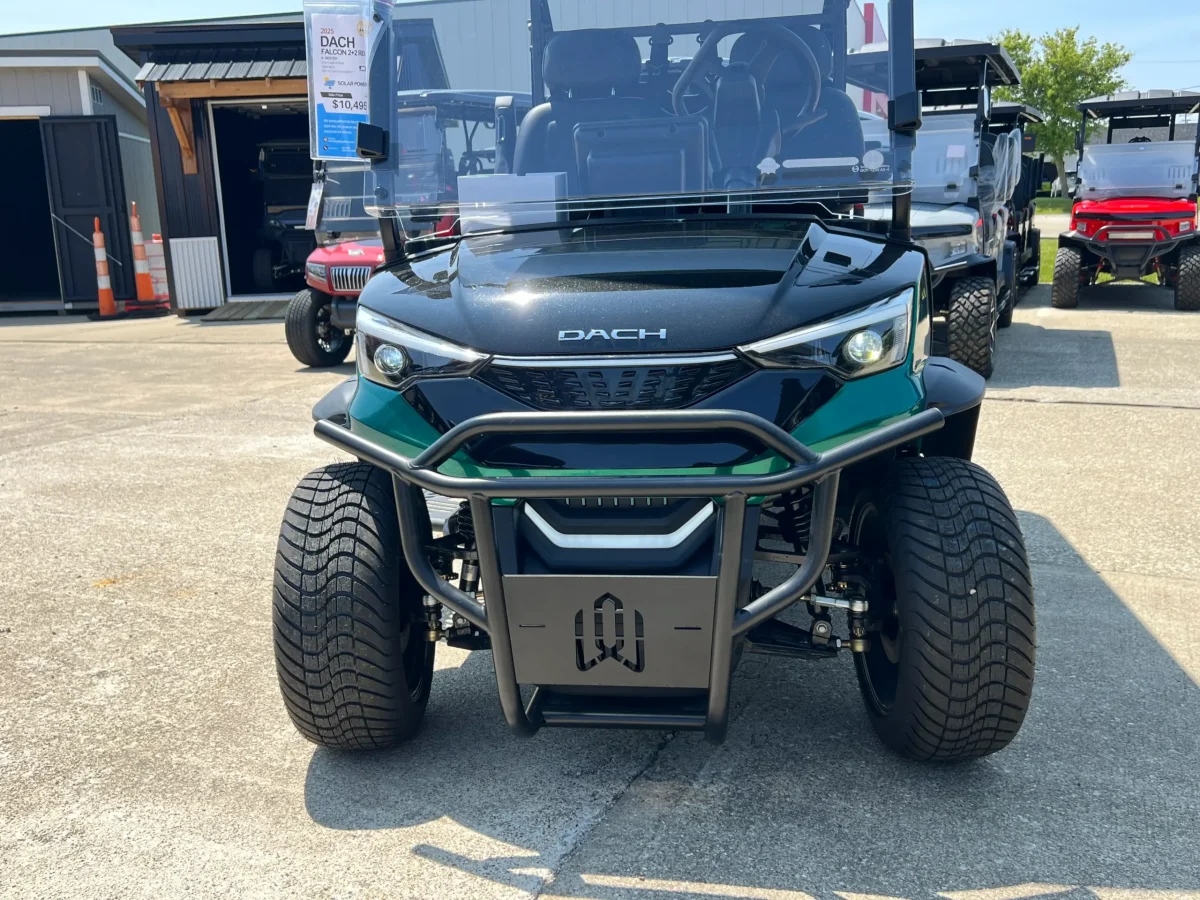
Why Height Matters More Than You Think
People often ask about golf cart height not out of curiosity, but necessity. A few scenarios make it essential to know the exact measurement of your vehicle. One of the most common issues is garage storage. Many homeowners want to park their golf cart in a standard garage bay, which typically has a clearance of around seven feet. While most carts fit without issue, lifted models can come dangerously close to rubbing against the top or garage door hardware.
Transporting golf carts also presents challenges. Enclosed trailers, used for moving carts across town or to vacation homes, often have height restrictions. Misjudging a few inches can lead to roof damage or difficulty loading the cart. For instance, some trailers have a maximum interior height of just over six feet, which can make fitting a lifted cart with a hard top a very tight squeeze.
Golf courses and resort communities may also install awnings, canopies, or low overpasses, which further highlight the need to be aware of a cart’s full height. In these environments, even a tall rider standing up on a lifted cart can inadvertently brush against an obstacle overhead. That’s why many resort policies limit customizations that increase height beyond the factory specs.
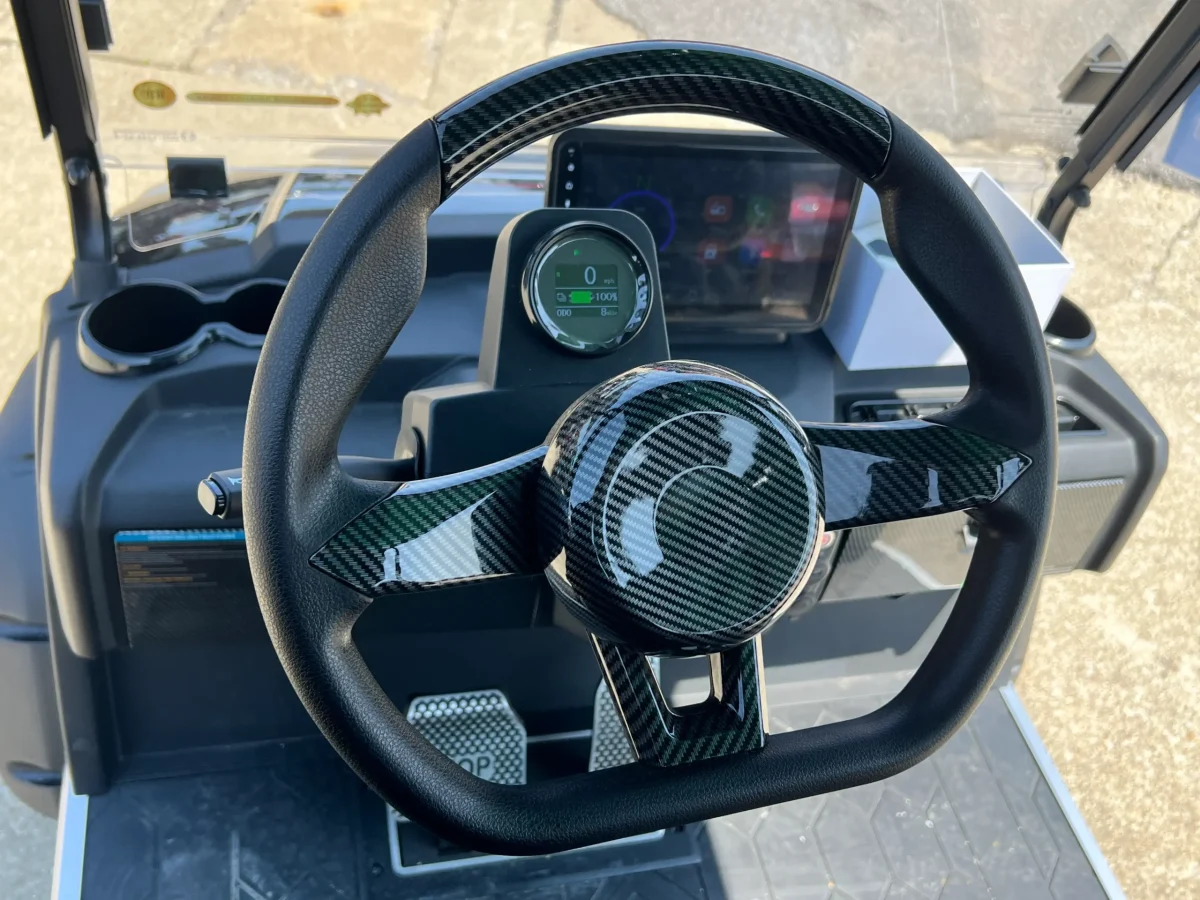
Storage, Customization, and Real-World Examples
Modifications are one of the main reasons for height discrepancies among golf carts. Lift kits, oversized tires, and custom roofs are all popular upgrades. However, each of these changes can add anywhere from two to six inches—or more—to the overall height. Some users choose to install rear-facing seats, which often come with extended roofs. These designs tend to elevate the rear edge of the roofline to provide more headroom, especially for taller passengers.
Even something as simple as a roof rack can make a big difference. When golf carts are used at the beach or on large private properties, roof-mounted carriers are often installed for surfboards, chairs, or sports gear. These additions might only stick up a few inches, but they can change your clearance measurements enough to matter.
For homeowners trying to store their carts inside a shed or garage, measurements should be taken with the highest point of the cart in mind. Don’t forget that accessories like light bars, solar panels, or emergency beacons (common in community patrol or security vehicles) can raise the profile even further. It’s also smart to consider future upgrades before finalizing storage plans.
In Florida, where golf cart use is widespread, many communities have adapted by designing carports and parking areas specifically with golf cart dimensions in mind. But even in those places, it’s still wise to check the specs of your specific model. Sites like Harville Golf Carts provide searchable specifications for hundreds of cart models, including height data.
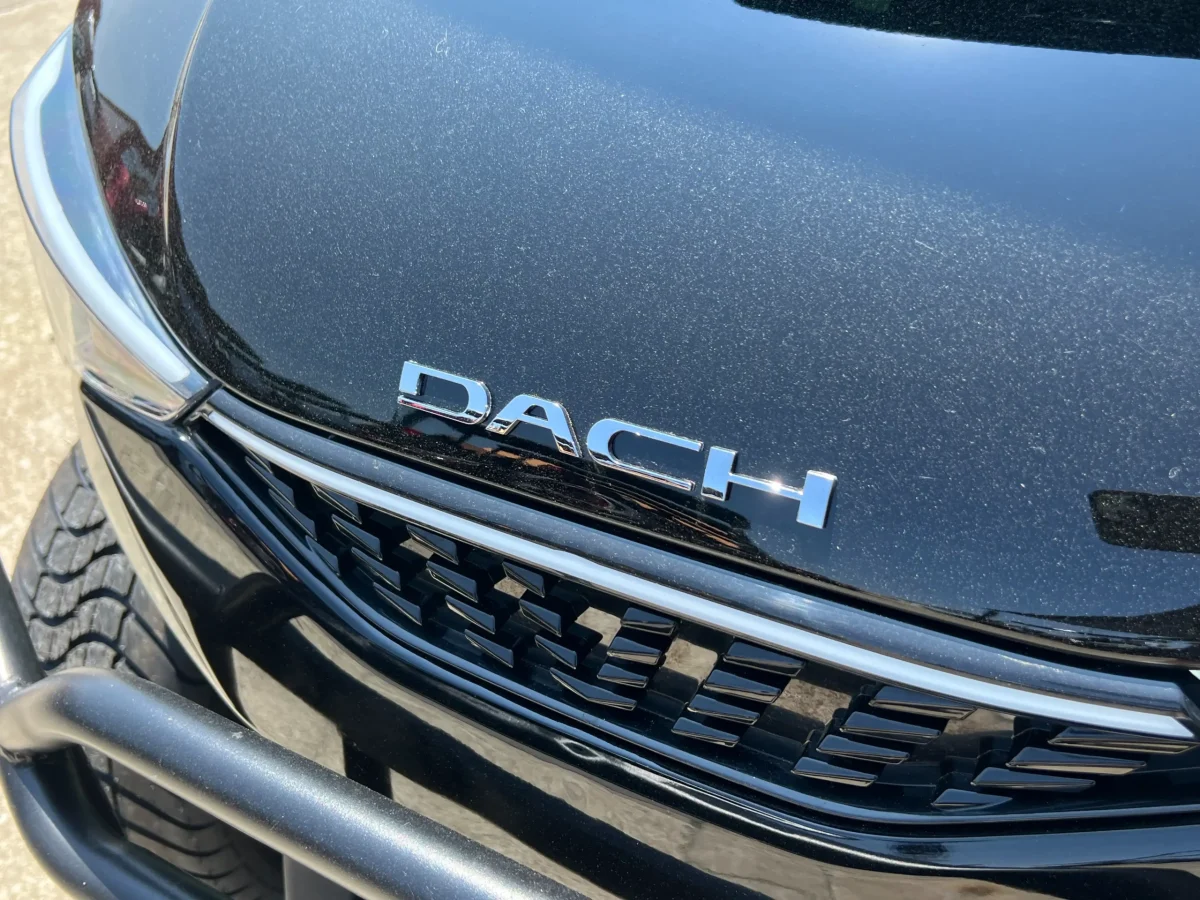
Manufacturer Guidelines and Measurement Best Practices
When measuring the height of your golf cart, always start from the ground and include any tire elevation, even if it seems minor. Use a tape measure to reach the highest fixed point—usually the top center of the roof. Avoid measuring from sloped terrain or uneven surfaces, as that can lead to inaccurate readings.
It’s worth consulting the user manual or manufacturer’s website for the official height specification of your cart. However, if you’ve modified the vehicle or purchased it second-hand, you’ll want to remeasure it yourself. What’s listed on paper may no longer reflect the current setup of your cart.
For example, the ICON i60L has a listed height of approximately 76 inches from the ground to the top of the roof. But if you install a light bar or custom canopy, you could easily add two or three more inches. It’s not uncommon for modified carts to stand 80 inches or taller, especially those built for off-road or utility use.
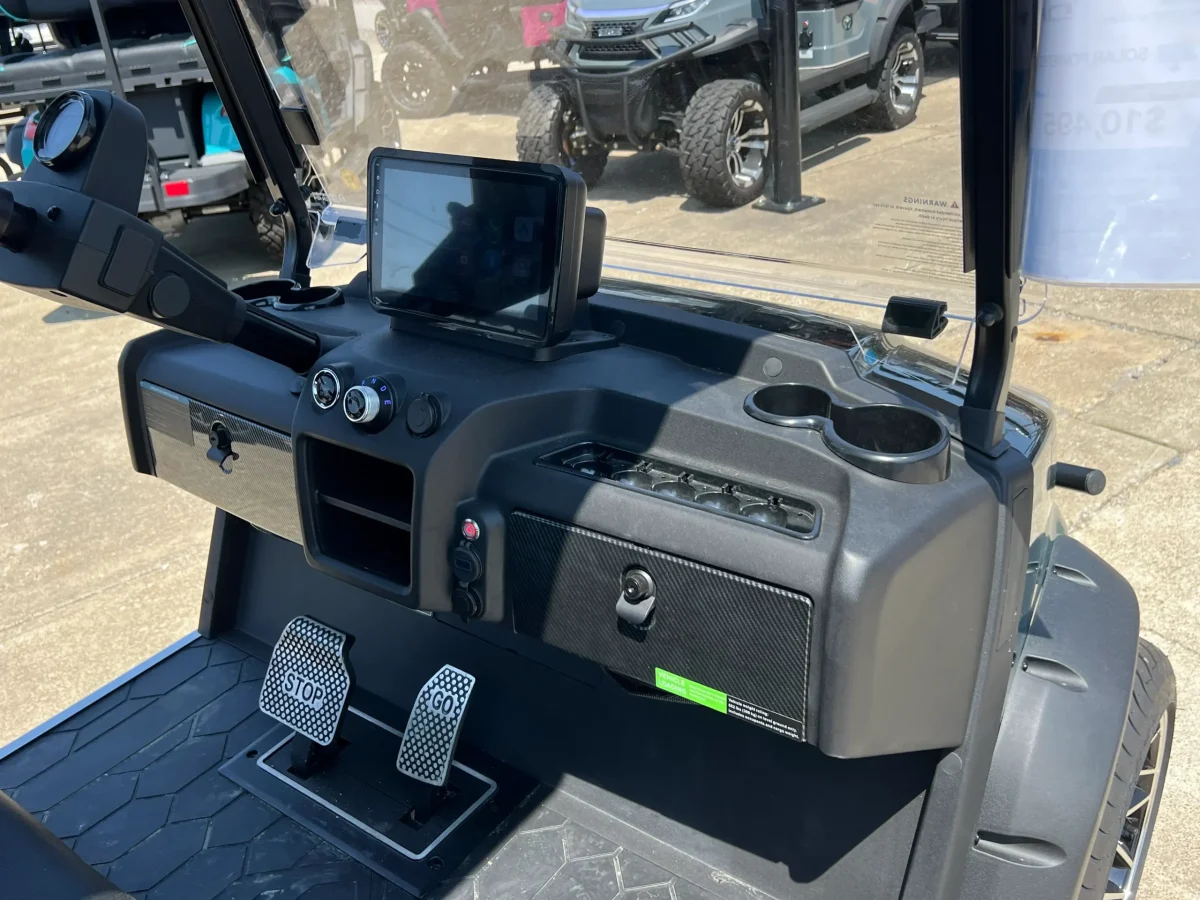
A Subtle Suggestion for the Style-Conscious Buyer
If you’re searching for a new golf cart that balances height with sleek design, take a look at what’s available at Hartville Golf Carts. Models like the ICON i40 and Denago Nomad XL offer elevated seating and roof structures while still maintaining garage-friendly profiles. These carts prove that style and practicality can coexist—even when height is part of the equation.


